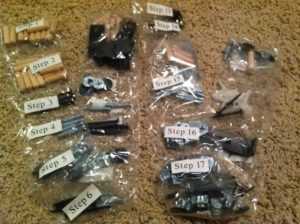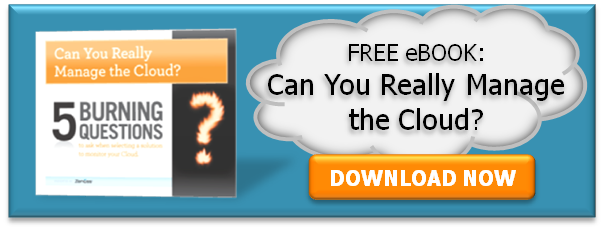
Last week NetApp disclosed that Flexpod has been selected by 450 customers in its first year. This is quite comparable to the VCE numbers Michael Capellas disclosed last December, 65 major customers and a 40% month-to-month growth rate. There may be 1,000 deployments of the two platforms!
Why is that? At NetApp Insight and Cloud Expo, I talked with dozens of people about what’s going on in their datacenters. Overall, they agreed that the first wave of virtualization – VMware calls it “Infrastructure Focus” – primarily covered low-risk internal systems. IT test, for example. Organizations bought and built and grew and experimented and learned a tremendous amount from this first step in shared infrastructure.
One lesson is more obvious to managers than technical specialists. Designing a large scale virtualization hardware platform is hard. There are many components and it’s really easy to under-engineer one part, resulting in poor performance. The attraction of a pre-engineered, pre-integrated solution becomes obvious. Even better, staff is freed from building infrastructure and can focus on working with the business.
The one drawback to both of these systems is that they don’t come with a good “Day Two” monitoring process. My conversations revolved around three points:
- The monitoring systems for Cisco UCS, vCenter, and storage are separate, not integrated. With a tightly integrated system the lack of a unified view of all the components makes basic monitoring difficult.
- Shared infrastructure is great for flexibility, but the business customers of the datacenter are used to being able to see the specific systems they’re paying for. If IT can’t show them where their applications are running, they don’t believe that IT can keep it working.
- Basic problem management gets a lot more difficult when servers are deconstructed into separate compute and storage platforms connected by a network. You can’t send a server guy to fix things, you need to figure out who the right specialist is despite a flood of sympathy events. And you need to figure out quickly which business customers are affected – remember, they don’t believe you can keep shared infrastructure working, so you better tell them about issues before they tell you.
By the way, we’re still in the design-it-yourself phase of cloud management tools. I expect that the move to pre-integrated packages like Cisco Intelligent Automation for Cloud will be much faster than the Flexpod/vBlock move.
I’d love to hear what operations issues you’re seeing with Flexpod and vBlock! Add a comment below.









